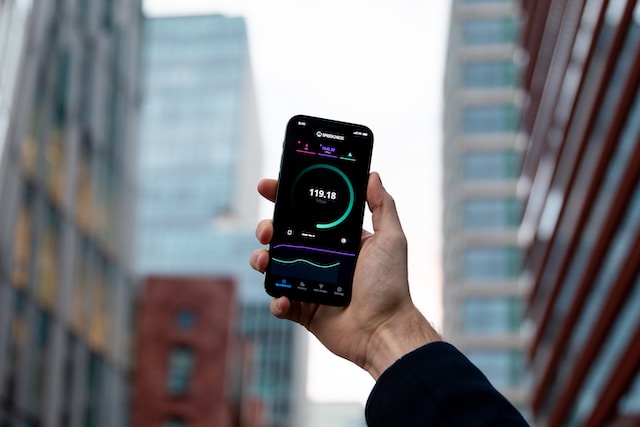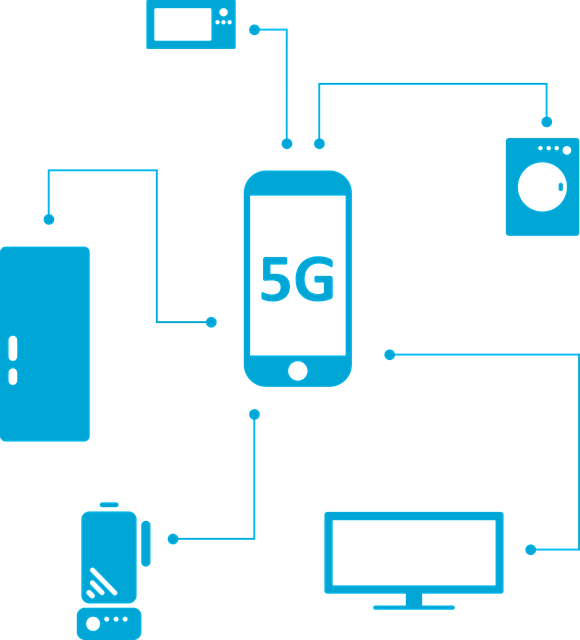A technological leap that promises blistering speeds, seamless connectivity, and a world of possibilities. Yet, with great power comes great responsibility, and the domain of 5G security is no exception.

Key Metrics and Tools to Consider when Monitoring a Network PerformanceKey Metrics and Tools to Consider when Monitoring a Network Performance
Giddy up, tech aficionados! The era of 5G has dawned upon us, galloping at breakneck speed and transforming the way we connect, communicate, and consume content. With this trailblazing technology,

Key Strategies for Ensuring ResilienceKey Strategies for Ensuring Resilience
In the ever-evolving world of technology, the emergence of 5G infrastructure has brought a whirlwind of possibilities and excitement. As this transformative technology gains momentum, it is crucial to safeguard

Encryption and Authentication TechniquesEncryption and Authentication Techniques
As 5G technology becomes increasingly pervasive, so too do the potential risks associated with cyber threats and unauthorized access to sensitive information. Through a scientific lens, we explore the multifaceted


